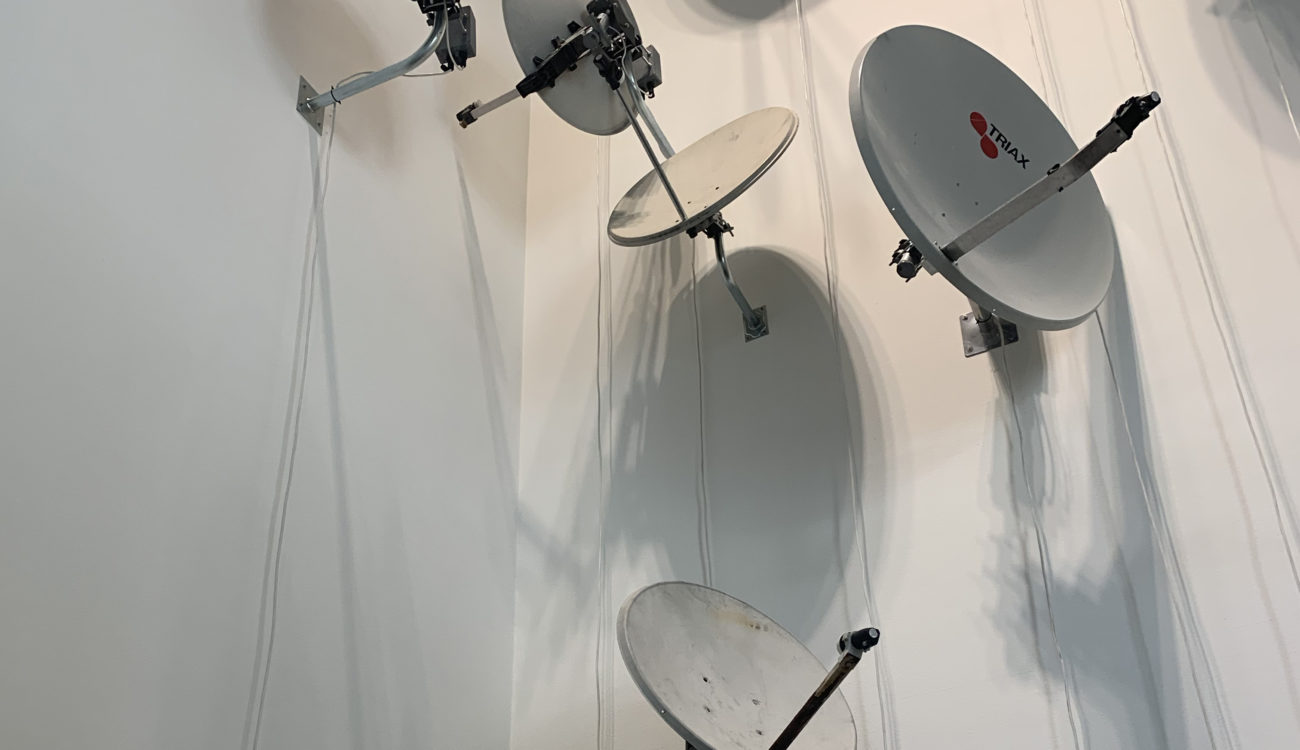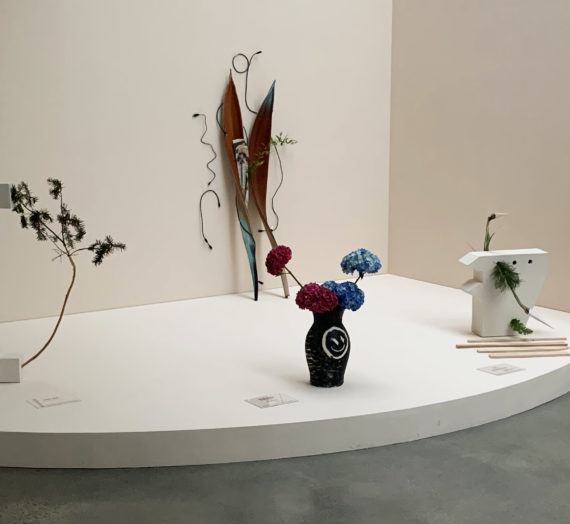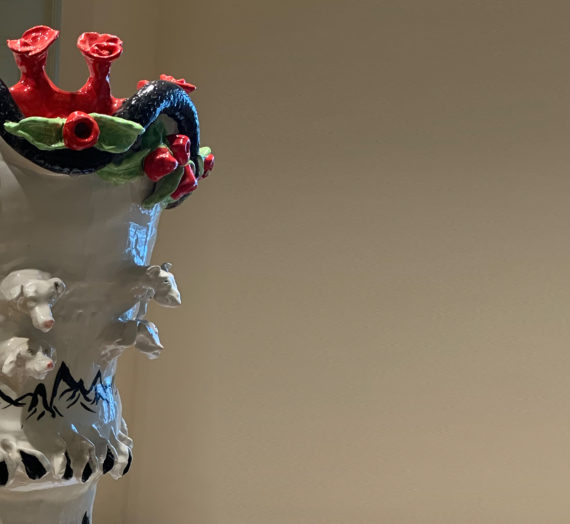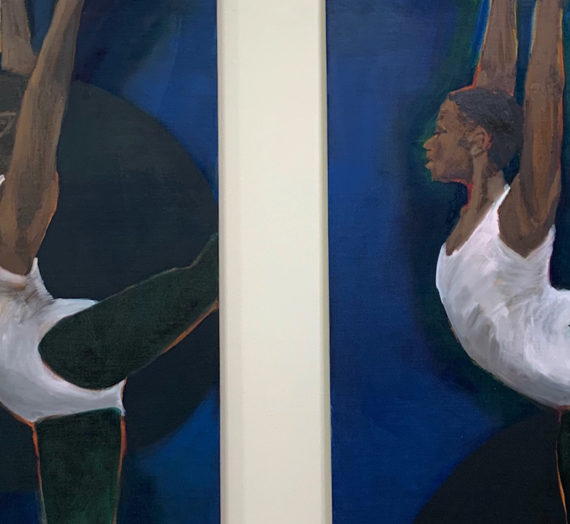SONGEUN ART SPACE | BRUSSELS IN SOUNG EUN: IMAGINING CITIES BEYOND TECHNOLOGY 2.0| SEOUL | MARCH 25 – JUNE 8, 2019
Brussels in SongEun: Imagining Cities Beyond Technology 2.0 assembles a group of eight Brussels-based and four Korean contemporary visual artists. The main theme of the projects on display is the concept of smart cities. Contemporary cities are magnets that attract growing numbers of people, resources, ideas, opportunities and knowledge. Today, 50% of the world’s population lives in global areas. By 2050, this percentage will have increased to 70%. While the application of new digital technologies in urban spaces has been celebrated for its ability to increase citizens’ well-being, various experiments around the world have revealed how we forget to examine the impact, on various levels, of this digital development in the cities of the future, including on the psychological, ethical, philosophical, social and political level.
AnneMarie Maes (b. 1955, BE) | Brussels
In the bio-art installation Cabinet #004: Future Archaeology (The Temporal Duration Through Which The Future Is Founded In The Present) AnneMarie Maes presents a Cabinet of Curiosities, a ‘Wunderkammer’. She appropriates archaeological and other scientific methods of collecting and ordering for the presentation of diverse artefacts. Every object presented on the laboratory tables is the outcome of a particular experiment. The bizarre biomorphic artefacts add a specific rhythm to the installation, but they stand in stark contrast to the strict geometry of the laboratory architecture bathing in pink light: hard and soft oppose each other. In her work AnneMarie Maes adapts scientific methods and biotechnology to explore living systems as artistic subjects. Recently she started a new research project that explores the creation of bio-plastics made out of bacteria and algae. Besides being an alternative for plastics, these new materials can also become alternative energy sources or to be used in the construction industry. Future Archaeology offers a concrete starting point for an exploration of possible futures through artistic research on material science and biotechnology. Navigating between a blueprint and a proof of concept, the experiments presented in this installation can be seen as an artifact from the future, a fragment of a world to come.

Younes Baba-Ali (b. 1986, FR) | Brussels
In Paraboles Baba-Ali explores the physical and metaphorical relationship between migrants and their host communities. He installs the popular cultural trope of the satellite dish in the white space of the gallery. This object adorns the exterior facades of migrant housing complexes in European cities, allowing them to connect with ‘home’, through televised images and sound. By reversing the location of the dish from outside to inside, Baba-Ali disrupts its ability to obtain a signal. It must therefore move from side to side in a futile attempt to properly perform its function. Through this subversive act of manipulation, Baba-Ali attempts to raise awareness about the impossibility of locating ‘home’, a situation that many migrants find themselves in, where they exist in a state of limbo between two zones, with a weakened connection to ‘home’ akin to the defunct operation of the satellite dish. By re-imagining this scenario, Baba-Ali highlights how migrant culture has mutated and been assimilated, sometimes involuntarily, and is no longer able to connect properly through typical channels of communication.

| Mioon | Seoul With the expansion of cities accommodating so many people in very limited spaces and rapid developments in media and technology, the world we inhabit today is no longer controllable in terms of voyeurism and exposure. With CCTVs installed everywhere and spread of smartphones, social media… such quantum leap of technology is dismantling the boundaries between what is private and public, stirring up the voyeuristic nature in human beings while driving individuals to be manually exposed to the attention of others that has already made its discrete yet profound infiltration. In this context, Lead Me to Your Door is a video work that continues to explore and “peek into” the lives of individuals — which otherwise should be “private”— through the voyeuristic lens that was sparked by curiosity about the overall private life of others. The images playing in 7 monitors – as if peeping into an apartment on the other side- reveal the lives of ordinary people who are living their respective daily life, within a same given space. Interior design is the only difference to be found. Spectators, upon entering the space filled with darkness, can hide their respective identities and observe the lives and feelings of others that are laid bare. |







Leave a Reply